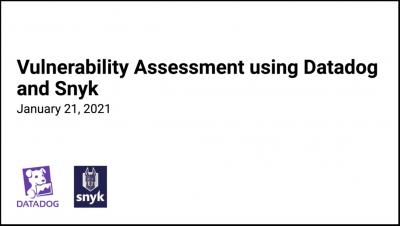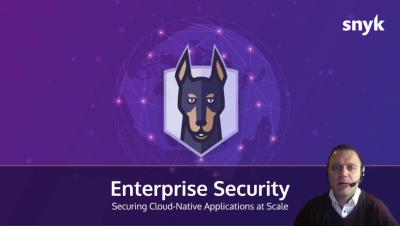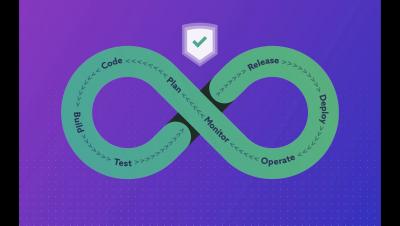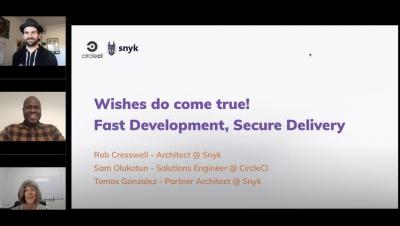Security | Threat Detection | Cyberattacks | DevSecOps | Compliance
Snyk
Guide to Software Composition Analysis (SCA)
2020 was a watershed year for open source. Digital transformation, already gaining momentum before COVID19 hit, suddenly accelerated. More and more companies became software companies, and with this shift—usage of open source peaked. Why? Simply put, open source enables development teams to deliver value more rapidly and more frequently, thus enabling their companies to better compete in their respective markets.
Goodbye, 2020! Lookout, 2021
Like most people, I am not at all sad to see 2020 go. It introduced unique pressures that challenged all of us in different ways. As snykers, I believe we have emerged stronger. Throughout the year, our global team—alongside our partners and customers—reached so many impressive milestones, made that much sweeter due to the headwinds we all faced in achieving them. Ending the fiscal year, Snyk: Yes—two acquisitions.
Docker for Node.js developers: 5 things you need to know not to fail your security
Docker is totalling up to over 50 billion downloads of container images. With millions of applications available on Docker Hub, container-based applications are popular and make an easy way to consume and publish applications. That being said, the naive way of building your own Docker Node.js web applications may come with many security risks. So, how do we make security an essential part of Docker for Node.js developers?










